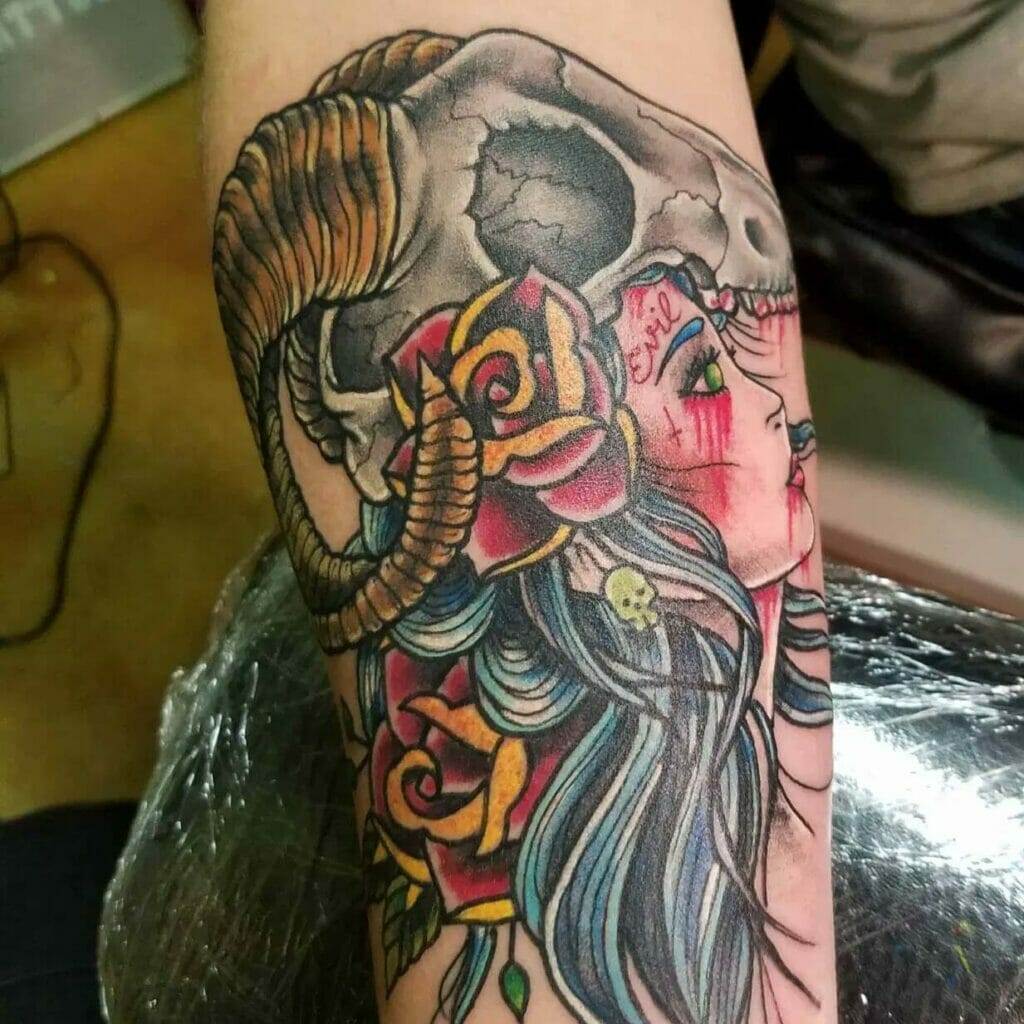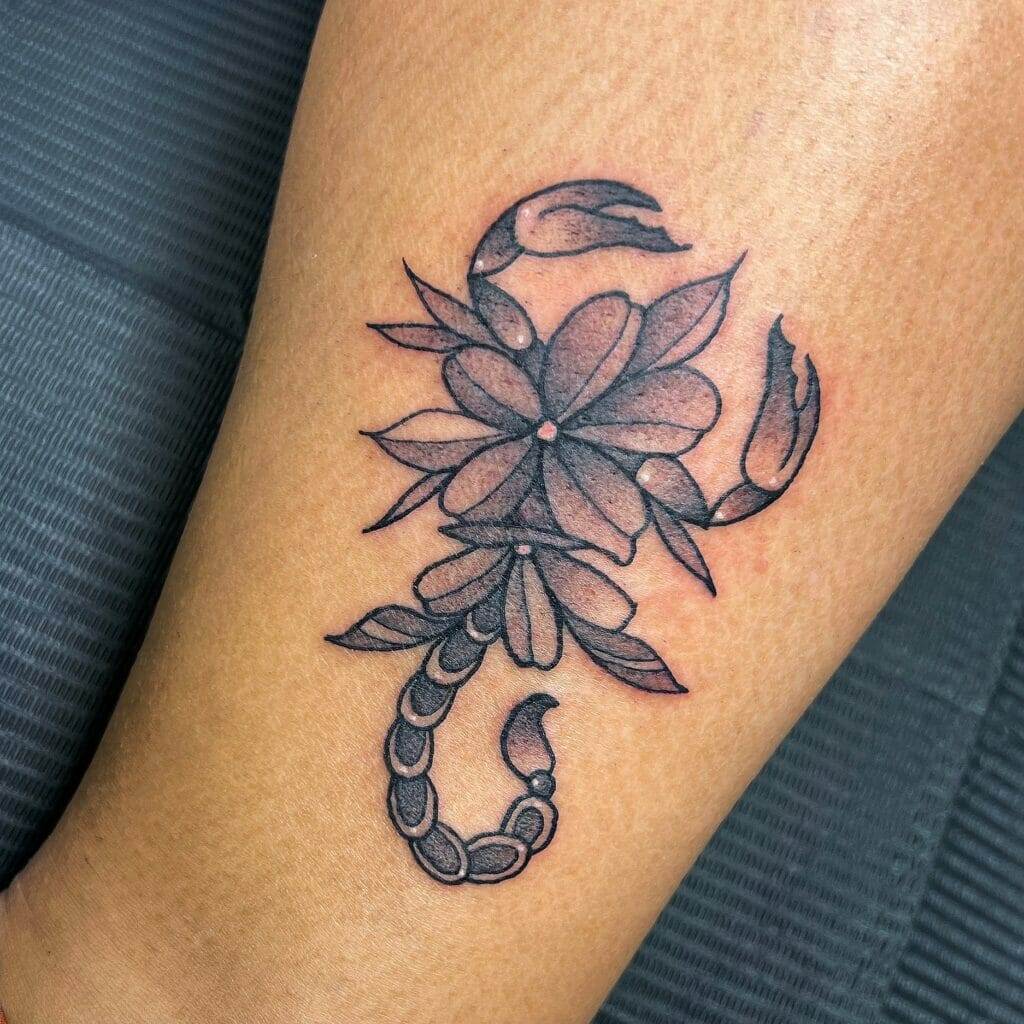Introduction
Understanding the Importance of Tattoo Design
Tattoo design is not merely about ink on skin; it is a powerful form of personal expression that resonates deeply with individuals. Each tattoo carries its own story, symbol, or meaning, making the design process crucial. When contemplating a tattoo, one should consider:
- Personal significance: Does the design reflect a pivotal moment, belief, or tribute in your life?
- Emotional connection: Is there a design that evokes strong feelings or memories?
- Visual appeal: Does the artwork intrigue or inspire admiration?
Understanding these aspects helps ensure a meaningful choice that lasts a lifetime.
Exploring the Connection Between Style and Tattoos
Tattoo style significantly influences both the aesthetic and the impact of the artwork. Different styles can evoke varying emotions or represent particular cultures and movements. For instance, a bold traditional tattoo often channels a classic feel, while a sleek minimalist design may convey sophistication and modernity. Consider the different styles and their characteristics:
- Traditional: Bold lines and vibrant colors, often containing classic imagery.
- Watercolor: Soft blends of colors that create ethereal designs, mimicking paint splatters.
- Geometric: Clean, precise lines forming intricate patterns, reflecting contemporary artistry.
Choosing a style that resonates not only showcases individuality but also encapsulates personal narratives, making the tattoo uniquely yours.

Factors to Consider Before Choosing a Tattoo Design
Personal Meaning and Significance
Before settling on a tattoo design, reflecting on its personal meaning is vital. A tattoo should represent something significant to you, such as:
- Milestones: Commemorating achievements or important life events, like graduations or births.
- Sentiments: A design that recalls cherished memories or the essence of a loved one.
- Values: Illustrating beliefs or philosophies that resonate with your identity.
Placement and Size Considerations
The location and size of your tattoo are equally important. Placement can affect both visibility and personal comfort. Consider the following:
- Personal preferences: Do you want the tattoo to be visible to the world or discreet for personal observation?
- Body dynamics: Certain areas of the body may affect the overall design. For instance, larger tattoos are often more impactful on expansive areas like the back or thighs.
- Future implications: Think about how changes in body shape might affect your tattoo in years to come.
Select a spot that not only enhances the design but also aligns with your intention, ensuring a lasting connection to your artwork. Ultimately, thoughtful consideration about meaning and placement will lead to a choice you’ll cherish for years.
Popular Tattoo Design Styles
Traditional and neo-traditional tattoos
When diving into the world of tattoo design, traditional and neo-traditional styles stand out for their bold and striking aesthetics. Traditional tattoos, known for their thick black outlines and vibrant colors, often depict iconic imagery such as anchors, roses, or skulls. They are reminiscent of the early days of tattooing and carry a timeless appeal. Key characteristics of traditional tattoos include:
- Bold lines: Ensures longevity and clarity over time.
- Limited color palette: Typically features classic color combinations, adding to their distinctiveness.
- Cultural symbolism: Many traditional designs have rich historical narratives.
On the other hand, neo-traditional tattoos build on these foundations by incorporating more detailed shading and varied color schemes, allowing for intricate designs that incorporate modern elements. They offer a broader range of creativity, making them ideal for those seeking something fresh yet rooted in tradition.
Realism and Portrait Tattoos
Transitioning to realism and portrait tattoos, these styles bring a whole new level of artistry. Realism aims to replicate actual images or scenes with striking accuracy. Portrait tattoos, in particular, capture human features, celebrating loved ones or iconic figures. Considerations when exploring realism and portrait tattoos:
- Attention to detail: These tattoos require skilled artists who excel in fine line work and shading.
- Personal connection: Many choose this style to immortalize an important person or symbol in their lives, creating a deeply meaningful piece.
Symbolic and Cultural Tattoos
Exploring Traditional Symbolism in Tattoo Designs
Symbolic tattoos serve as a bridge between personal meanings and cultural significance. Many cultures have rich histories of tattoo art that convey powerful messages through symbols. For instance, Japanese tattoos often feature koi fish, representing perseverance, while Celtic designs can signify interconnectedness or loyalty. When choosing a symbolic design, consider these elements:
- Cultural context: Understanding the history and significance behind symbols can deepen their meaning for you.
- Personal interpretation: Reflect on how the symbol relates to your own life experiences or beliefs.
- Visual representation: Aesthetic appeal plays a role, but it’s essential to connect emotionally with the design.
Choosing a tattoo with traditional symbolism can add layers of meaning to the artwork, creating a piece that resonates personally and culturally.
Embracing Cultural Heritage Through Tattoos
Tattoos are also a powerful way to celebrate and honor one’s cultural heritage. Many individuals opt for designs that reflect their background or ancestry, connecting them to their roots. This type of tattoo can encapsulate heritage through:
- Traditional motifs: Specific patterns or imagery that are characteristic of cultural designs.
- Language and scripts: Incorporating meaningful phrases or terms in native scripts can connect deeply with one’s identity.

Custom Tattoo Designs
Collaborating with Tattoo Artists for Unique Designs
When it comes to custom tattoo designs, collaboration with a skilled tattoo artist can transform your vision into a unique piece of art. This partnership allows for creativity and personalization, ensuring that your tattoo truly reflects your individuality. To enhance this process, consider these tips:
- Share your ideas: Come prepared with images, sketches, or concepts that resonate with you. This provides a solid foundation for the artist to build upon.
- Discuss your story: Sharing the meaning behind your tattoo can guide the artist in crafting a design that captures your essence.
- Be open to suggestions: Skilled artists can provide valuable insights based on their experience. They may suggest tweaks that improve the overall design while still aligning with your vision.
Tailoring a Design to Suit Your Personal Style
Tailoring a tattoo design to suit your personal style is essential for creating a meaningful piece you will cherish for years. While custom designs offer freedom, honing in on your unique aesthetic will ensure the tattoo feels true to you. Consider the following elements when personalizing your design:
- Style preferences: Reflect on whether you prefer traditional, minimalist, tribal, or underwater styles. Aligning these styles with your personality will help you choose a design that feels authentic.
- Color choices: Decide whether you want a colorful tattoo or a black-and-gray piece. Colors can evoke different emotions, so pick those that resonate with you.
- Size and placement: Think about the size of the tattoo and where it will be placed on your body. These factors can significantly impact the overall look and feel of the design.
By taking the time to tailor the design to your style, you ensure that your tattoo remains a true reflection of who you are. A custom tattoo is not just skin deep; it is a lifelong symbol of self-expression.
Tattoo Design Trends
Minimalist and Geometric Tattoo Styles
In recent years, minimalist and geometric tattoo styles have surged in popularity, appealing to those who appreciate simplicity and clean lines. Minimalist tattoos often feature understated designs that convey deep meanings with less complexity. Key characteristics include:
- Clean lines: Sharp, clear outlines that maintain elegance.
- Negative space: The clever use of un-inked areas creates a visual balance and can convey significant meaning.
- Small sizes: Minimalism often translates into smaller tattoos that can be placed discreetly or showcased prominently.
Watercolor and Abstract Tattoo Designs
On the flip side, watercolor and abstract tattoos have garnered attention for their vibrant colors and artistic flair. These styles break the conventions of traditional tattooing, embracing creativity and spontaneity. Consider these aspects when exploring watercolor and abstract tattoos:
- Vivid palettes: The use of bright, blended colors gives the illusion of a watercolor painting on skin, adding depth and vibrancy.
- Fluid shapes: Abstract tattoos often feature non-linear forms that invite interpretation, allowing for personal connection and meaning.
- Dynamic movement: The flow of colors and shapes creates a sense of motion, making the tattoo feel alive.
Tattoo Design Inspiration
Finding Ideas Through Art and Nature
When it comes to tattoo design inspiration, looking to art and nature can ignite a wellspring of creativity. Nature, in particular, offers endless possibilities—think flowers, animals, landscapes, and celestial bodies. These natural elements can embody personal meanings while drawing from the beauty around us. To tap into this inspiration, consider:
- Nature walks: Take a stroll through parks or forests and observe what catches your eye. A unique shape of a leaf or a vibrant flower can inspire a tattoo design.
- Art appreciation: Visiting galleries or museums can introduce you to various artistic styles and mediums, helping you conceptualize how they might translate into tattoo form.
- Photography: Capturing breathtaking nature scenes or artistic compositions can serve as a reference for your tattoo artist, providing a clear vision of what you want.
Exploring Online Resources and Tattoo Galleries
In today’s digital age, online resources and tattoo galleries serve as treasure troves of inspiration. Platforms like Instagram, Pinterest, and specialized tattoo websites showcase an array of styles and ideas from artists worldwide. Here’s how to effectively explore these resources:
- Social media: Follow tattoo artists and enthusiasts on platforms like Instagram. Search hashtags related to tattoo styles you like—this can lead you to current trends as well as unique designs.
- Tattoo studios’ portfolios: Many artists share their previous work on their websites or social media, providing insight into their styles and specialties.
- Tattoo apps: Some applications offer extensive galleries and design resources tailored for individuals seeking inspiration for their next tattoo.
By engaging with online communities and viewing diverse works, individuals can discover what resonates with their personal journey, leading to a design that’s truly meaningful. Whether drawn from nature’s beauty or the vast online landscape of artistic expression, inspiration for tattoo designs can be found all around us.



Tattoo Design Consultation and Preparation
Researching Tattoo Artists and Studios
Once inspiration strikes, the next step is finding the right tattoo artist and studio for your design. This choice is crucial, as a skilled artist can elevate your vision into a stunning reality. Start your journey by researching potential artists and studios to ensure a safe and satisfying experience. Here are some steps to consider:
- Read reviews: Online platforms like Google and Yelp offer insights from clients about their experiences with various artists and studios.
- Examine portfolios: Artists often showcase their work on social media or personal websites. Pay attention to their style—make sure it aligns with the tattoo you envision.
- Visit studios: Personal visits to potential tattoo studios can help you assess cleanliness, professionalism, and the overall atmosphere. A visit can also provide the opportunity to speak directly with artists about your design.
Understanding the Tattoo Design Process
Understanding the tattoo design process can alleviate anxiety and help ensure that the end result aligns with your expectations. Typically, this process can be broken down into several stages:
- Initial consultation: This is the time to share your ideas, symbolism, and any reference images you’ve gathered. Open communication with your artist about your vision is essential.
- Design creation: Once you and your artist agree on the concept, they’ll often create a draft design. Expect to provide feedback and make adjustments during this stage until you’re satisfied.
- Final approval: Prior to the tattoo session, review the final design carefully. Confirm placement, size, and colors to ensure it’s exactly what you envisioned.
The Decision-Making Process for Choosing a Tattoo Design
Evaluating Design Options and Making a Final Choice
As you embark on your tattoo journey, the decision-making process can be both exciting and overwhelming. After gathering inspiration, collaborating with an artist, and refining your design, it’s time to evaluate your options more seriously. Consider these factors:
- Personal relevance: Reflect on how each design resonates with your life story or personal values. Ask yourself, “Will this design still hold significance to me in the future?”
- Visual appeal: Look at your options critically and ask friends for their opinions. A fresh set of eyes can offer valuable perspectives you might have overlooked.
- Versatility: Determine if the design can adapt over time. Think about whether you want it to evolve or integrate with future tattoos as your style may change.
Considering Long-Term Satisfaction and Commitment
Choosing a tattoo is a long-term commitment, which brings us to the critical element of long-term satisfaction. Unlike clothing or hairstyles, tattoos are permanent, making it essential to choose wisely. Keep these aspects in mind:
- Future changes: Consider how your taste may evolve. Will you still appreciate this design five or ten years down the line? Opt for a timeless design that reflects a piece of you rather than fleeting trends.
- Placement and visibility: Think about how visible the tattoo will be in your everyday life. Will it affect job opportunities or personal relationships? Make sure you’re comfortable with the placement for years to come.
- Maintenance: Certain colors and styles may fade over time or require touch-ups. Understanding this aspect ensures you can commit to the upkeep needed for your tattoo.

Conclusion
Reflecting on Your Style Evolution Through Tattoo Design
As you conclude your tattoo journey, it’s essential to reflect on how this form of art embodies your style evolution. Tattoos capture moments in time, showcasing the ever-shifting facets of your personality and interests. What may have seemed significant at one point in your life could evolve, making your tattoos a living narrative of your growth. Think about:
- Changed interests: Maybe a tattoo once represented a passion that faded over time, teaching you lessons about both art and self-awareness.
- Milestones: Each tattoo often marks a crucial point in your journey, serving as a visual reminder of your experiences, achievements, or transformations.
- Adaptability: Many people choose designs that can grow and change with them, allowing for the addition of new tattoos that blend seamlessly with their existing art.
Embracing Your Unique Personal Expression Through Tattoos
At the heart of tattoo culture lies the celebration of personal expression. Tattoos offer a unique canvas for individuals to express who they are at their core. Each design becomes a story told through ink, enriched by personal meanings and cultural influences. To embrace your uniqueness through tattoos, consider:
- Customization: Collaborating with tattoo artists creates one-of-a-kind designs tailored to your journey and identity.
- Symbolism: Tattoos can convey emotions, beliefs, and narratives that define you, serving as a powerful form of self-communication.
- Community: Engaging with fellow tattoo lovers opens up conversations about experiences, fostering connections through shared artistry.
